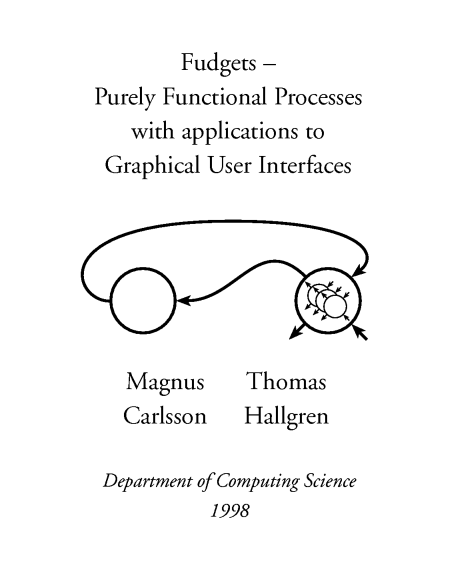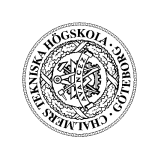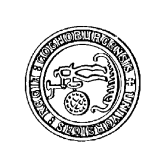

Fudgets --
Purely Functional Processes
with applications to
Graphical User Interfaces
Magnus Carlsson
Thomas Hallgren


Department of Computing Science
Chalmers University of Technology
Göteborg University
S-412 96 Göteborg, Sweden
Göteborg 1998
http://www.cs.chalmers.se/~hallgren/Thesis/
Department of Computing Science
Göteborg 1998
The main result of this thesis is a method for writing programs with graphical user interfaces in purely functional languages. The method is based on a new abstraction called the fudget. The method makes good use of key abstraction powers of functional languages, such as higher order functions and parametric polymorphism.
The Fudget concept is defined in terms of the simpler concept of stream processors, which can be seen as a simple, but practically useful incarnation of the process concept. Programs based on fudgets and stream processors are networks of communicating processes that are built hierarchically, using combinators. Communication is type safe. The basic combinators provide serial compositions, parallel compositions, and loops. A key difference between previous work on stream processing functions and our approach is that we deliberately abstract away from the streams. We obtain a system that can be implemented deterministically, entirely within a purely functional language, but which also makes it possible to take advantage of parallel evaluation and indeterminism, where such is available within the functional language. The purely functional approach makes processes first class values and makes it easy to express process cloning and process migration.
The practical viability of the approach is demonstrated by the Fudget library, which is an implementation of a graphical user interface toolkit in the purely functional language Haskell, together with a number of small an large applications that have been implemented on top of the library.
In addition to GUI programming, fudgets are suitable for other forms of concurrent I/O programming. We demonstrate how client/server based applications can be we written, with type safe communication between client and server. We show a web browser as an example where GUI programming and network communication come together.
We view fudgets as one example of a more general combinator-based approach to promote the idea that a functional language together with combinator libraries is a good alternative to using less expressive languages propped by application-specific tools. We describe a set of combinators, reminiscent of parsing combinators, for building syntax-directed editors.
In the Fudget library, each GUI element is represented as a fudget. The library provides fudgets for many common basic building blocks, like buttons, pop-up menus, text boxes, etc. The library also provides combinators that allow building blocks to be combined into complete user interfaces.
This section introduces the Fudget library by presenting a number of GUI programming examples. They illustrate the basic principles of how to create complete programs from GUI elements and application-specific code. After the examples follows an overview of the library. We show
So, we started out thinking of fudgets as the primitive concept, but soon saw them as being derived from a simpler concept, the stream processor, which is a process that communicates with its surroundings through a single input stream and a single output stream.
This part of the thesis is devoted to stream processors.
The automatic layout system in Chapter 23 can be seen as a sub-library of combinators, which is used not only for placing the GUI fudgets, but also to compose graphics.
Two examples of filter fudgets (combinators that modify the effect of fudgets) are presented in Chapter 24. The cache filter makes fudget programs run faster using less memory, and the focus filter modifies the input model of GUI fudgets that use the keyboard.
A distinguishing feature of stream processors and fudgets is that they can be detached from their original position in the program, passed as messages, and attached at another position. Chapter 25 describes how this can be used to program drag-and-drop applications, where GUI fudgets actually move inside the program when dragged.
Chapter 26 shows how the fudget concept can be used for programming client/server applications. Server programs do usually not have any graphical interface, but it is can be advantageous to program servers in a concurrent style so that they can serve many clients simultaneously.
The library contains a class of types that has a graphical
appearance, which can be manipulated by the
user. Chapter 27 presents the Graphic class and
its implementation.
To give you some idea of what the potential of the fudget library is, and to discuss various practical programming considerations, this part presents, in varying detail, some applications we have implemented using Fudgets.
A more complete description of the contents of the Fudget library is provided in the reference manual, which is available on-line via
http://www.altocumulus.org/Fudgets/Manual/